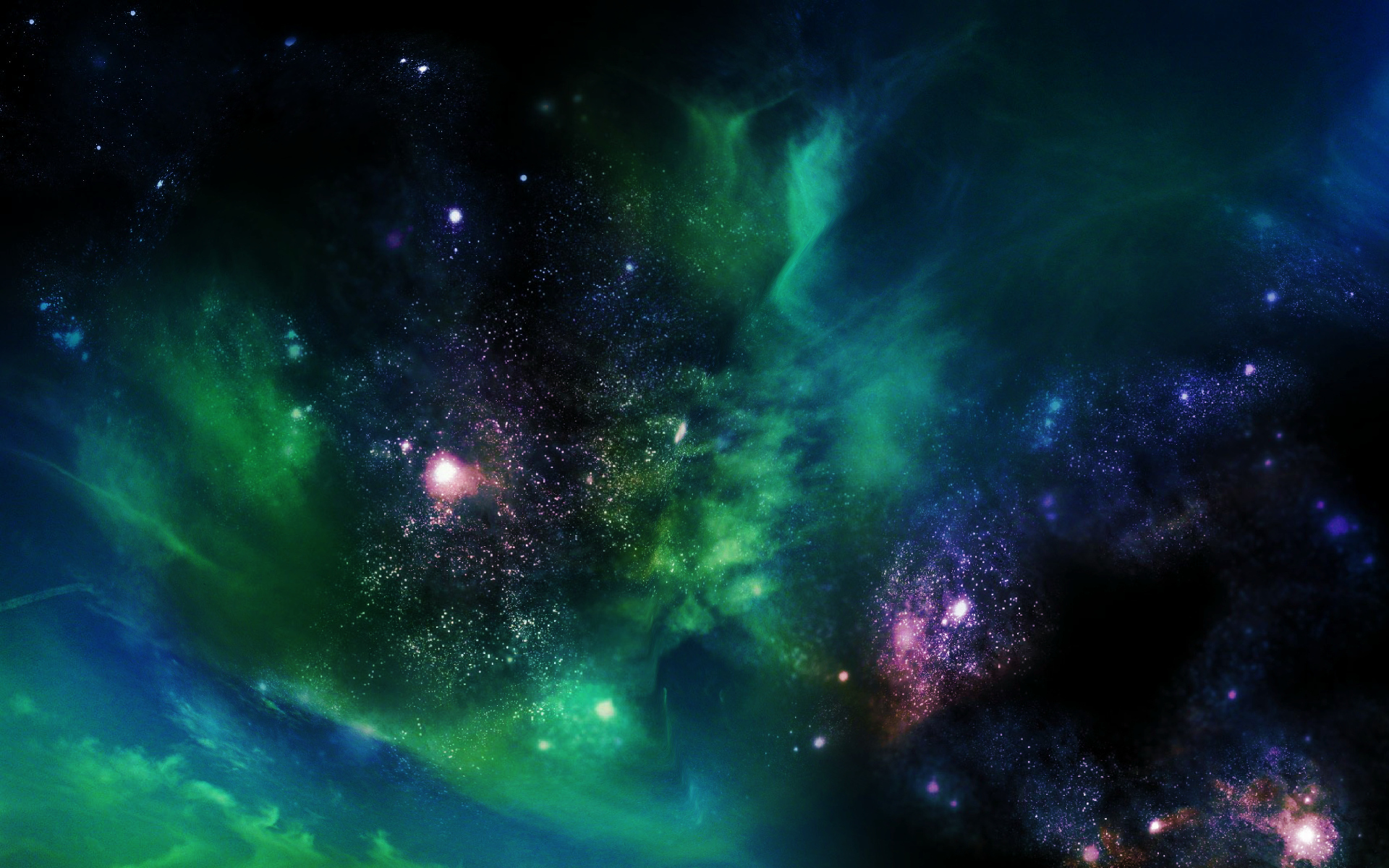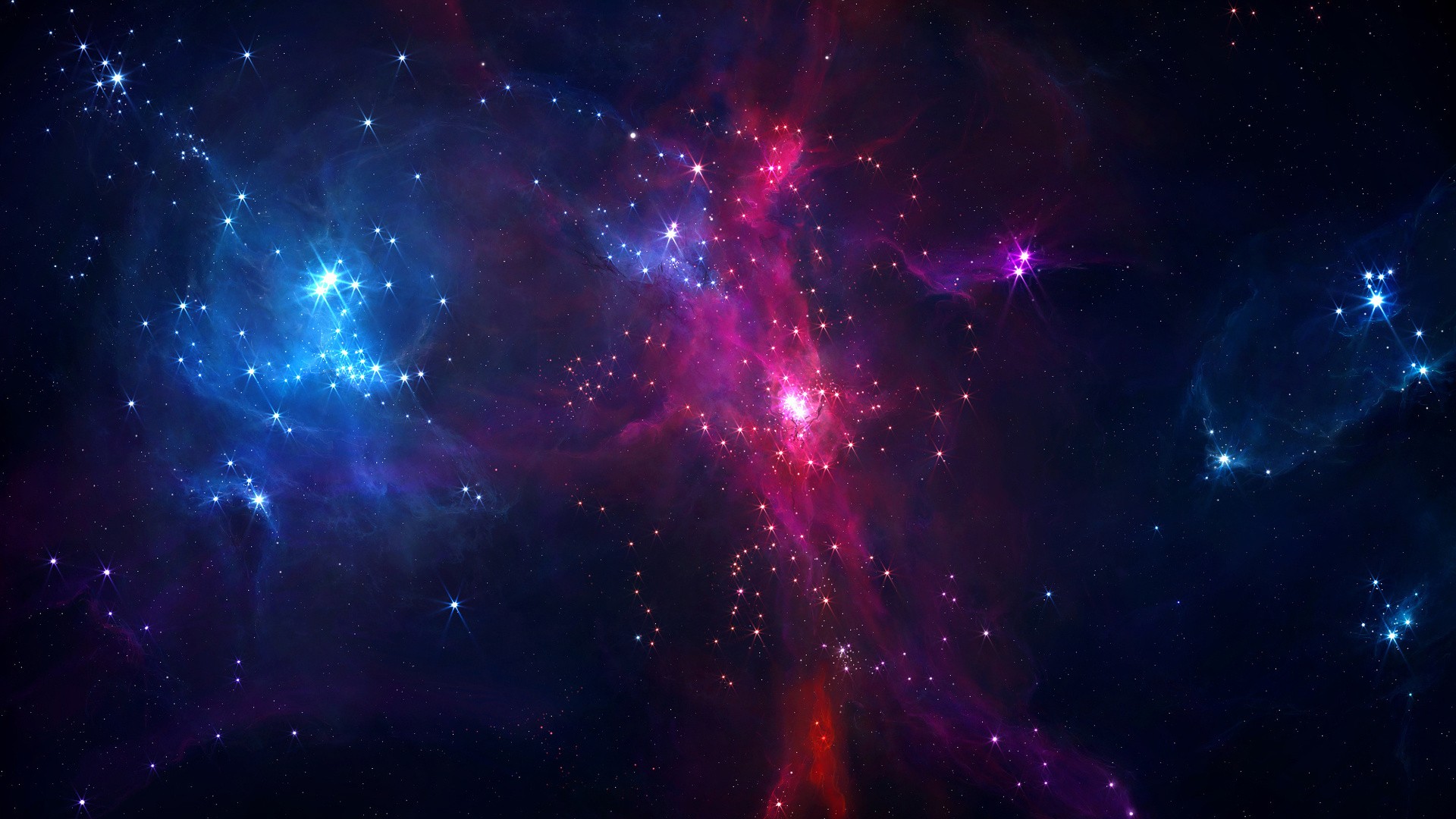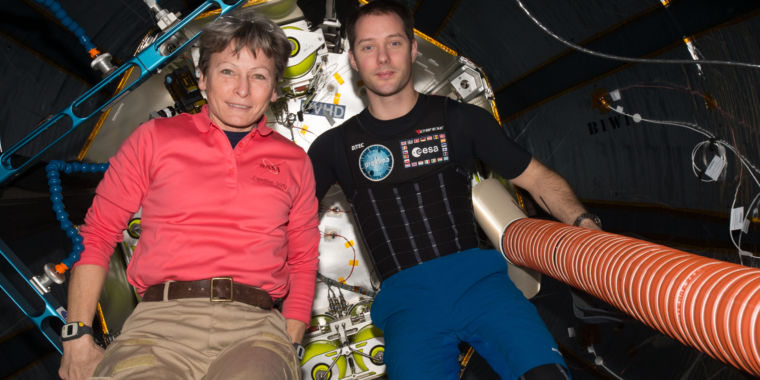
Previously, 14 women and 213 men have carried out spacewalks. The first woman was the Russian cosmonaut Svetlana Savitskaya, who went outside the USSR’s Salyut 7 space station in 1984.

All in all, from inventory checking to monitoring noise levels and more, the robotic bees, astrobees, are all set to be helpers, and they will serve as the crew's extra eyes and ears.

NASA and SpaceX announced that they are ready to conduct the first orbital launch of Crew Dragon as early as March 2nd, a demonstration that will directly precede the first crewed launch on a US rocket in more eight years.

Norwegian researchers are developing the self-contained planters that will allow astronauts to grow food in space. They have just completed an experiment that involved growing lettuce for space.

A Japanese team is testing a small prototype space elevator. The pair of satellites will be released from the ISS and a container acting like an elevator car will be moved on a cable connecting the satellites using a motor.
Today SpaceX will launch its 15th cargo mission to the International Space Station for NASA. On board Falcon 9 among other supplies is the first ever AI robot “crew member” to live on the station.

The agency just launched the Cold Atom Lab, a box that takes advantage of microgravity aboard the International Space Station and creates a temperature roughly 10 billion times colder than the vacuum of space.
Astronauts aboard the International Space Station (ISS) will soon have a new crew member to interact with, a ball-sized robot dubbed 'Cimon'.

The Genes in Space-3 team turned a possibility into reality in 2017, when it completed the first-ever sample-to-sequence process entirely aboard the space station.

For the year-long experiment, astronauts will install the computer inside a rack in the Destiny module of the space station.

The agency is considering how to conduct science experiments on the Deep Space Gateway station, even while no crew members are on board.

Researchers combined gecko-inspired adhesives and a custom robotic gripper to create a device for grabbing space debris.

A NASA instrument built to help astronomers learn about the structure and behavior of neutron stars has been mounted to the International Space Station.

This particular SpaceX launch made history in another way: by carrying a Chinese science experiment to the station for the first time.

Tests will determine whether inflatables play a role in deep space exploration.